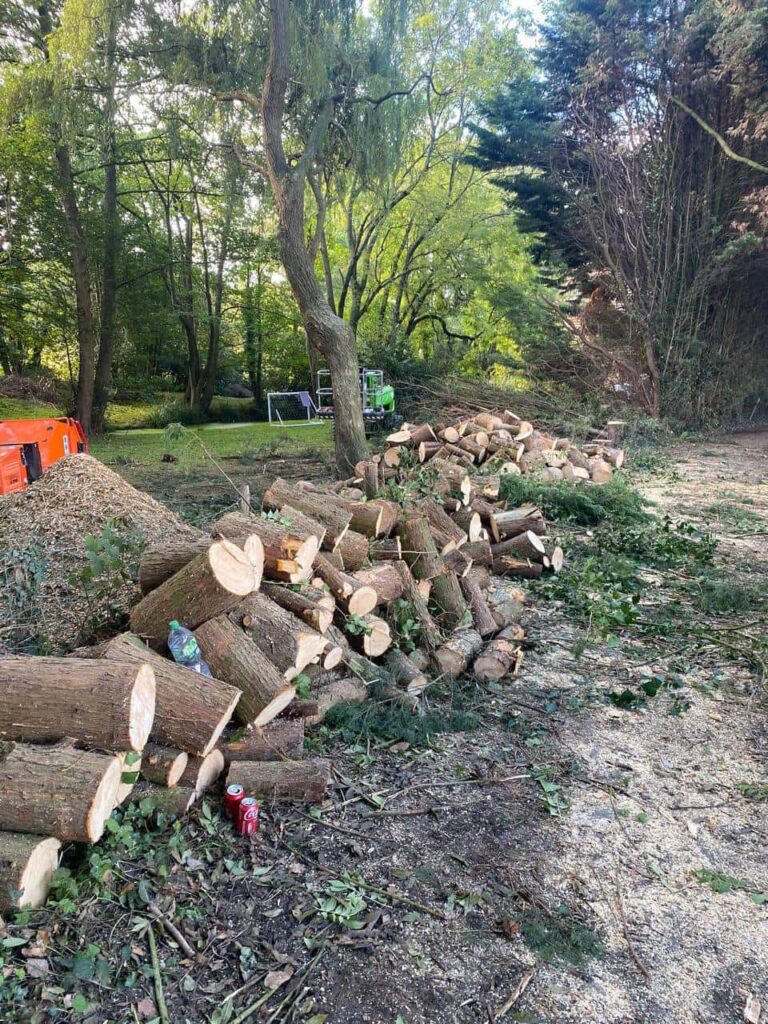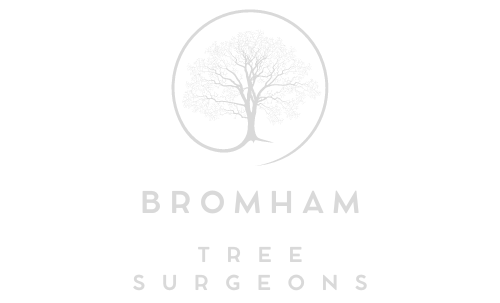The Benefits of Tree Surgery for Wildlife Habitats
Introduction: Tree surgery is about the health and maintenance of trees and fostering and enhancing the ecosystems they support. At Bromham Tree Surgeons, we recognise trees’ vital role in providing wildlife habitats. In this blog post, we’ll explore the myriad benefits of tree surgery for wildlife habitats, showcasing the harmonious relationship between the care of trees and the preservation of biodiversity.
The Importance of Trees for Wildlife
Trees are essential components of ecosystems, serving as homes, food sources, and shelter for countless wildlife species. Whether in urban areas, woodlands, or natural landscapes, trees offer:
- Habitats: Trees provide nesting sites for birds, shelter for mammals, and homes for insects, fungi, and microorganisms.
- Food Resources: Trees produce nuts, fruits, leaves, and sap that nourish wildlife, including birds, squirrels, and insects.
- Shelter and Roosting Sites: The branches and hollows of trees offer protection from predators and harsh weather conditions.
- Biodiversity Hubs: Trees support diverse species, contributing to overall ecosystem health and resilience.
Tree Surgery and Wildlife Habitat Enhancement
Tree surgeons play a pivotal role in enhancing and preserving wildlife habitats through various tree surgery techniques:
- Pruning and Thinning: Pruning dead or overgrown branches and thinning the canopy allows more sunlight to reach the forest floor, encouraging the growth of understory plants that provide food and shelter for wildlife.
- Deadwood Management: Leaving deadwood in trees or creating snag trees can provide nesting sites and food for woodpeckers, insects, and other wildlife.
- Cavity Creation: Tree surgeons can create cavities or openings in trees, which are valuable nesting sites for owls, bats, and other cavity-nesting birds and mammals.
- Pollarding and Coppicing: These traditional tree management techniques promote new growth and create diverse habitats, supporting various wildlife species.
- Habitat Assessment: Tree surgeons assess trees’ condition and potential as wildlife habitats, ensuring that their actions promote biodiversity.
Preserving Biodiversity Through Tree Surgery
Enhancing wildlife habitats through tree surgery not only benefits the animals and plants that depend on these ecosystems but also contributes to broader conservation efforts:
- Pollinators: Bees and other pollinators thrive in habitats supported by well-managed trees and flowering plants.
- Birds: Tree cavities and canopy cover provide crucial nesting and roosting sites for numerous bird species.
- Sustainable Ecosystems: Healthy, biodiverse habitats support a more balanced ecosystem, with species interacting and benefiting from one another.
- Education and Awareness: Tree surgery practices prioritising wildlife habitat preservation can raise awareness of the importance of biodiversity conservation.
Conclusion: Tree surgery is not just about shaping and maintaining trees; it’s about nurturing the interconnected web of life that thrives within and around them. At Bromham Tree Surgeons, we’re committed to preserving and enhancing wildlife habitats while ensuring the trees’ well-being. By recognising trees’ invaluable role in supporting biodiversity, we can continue to promote the coexistence of humans and wildlife, creating a healthier and more harmonious environment for all.
Call us on: 01234 860 699
Click here to find out more about Bromham Tree Surgeons
Click here to complete our contact form and see how we can help with your tree’s needs.

